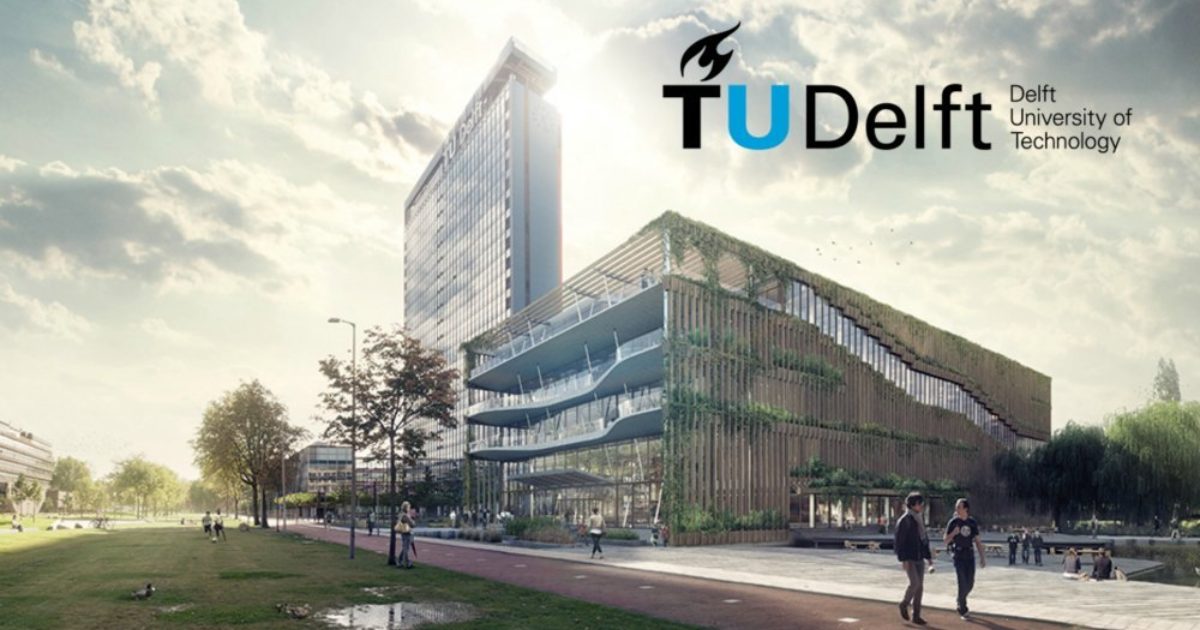TU Delft experts receive seventeen Veni grants
The Dutch Research Council (NOW) has awarded Veni funding of up to EUR 280,000 to 188 promising researchers from the full breadth of science. In the fields of Applied and Technical Sciences (TTW) and Exact and Natural Sciences (ENW), seventeen scientists from TU Delft have been honoured. This will allow the laureates to further develop their own research ideas over the next three years.
In the TTW domain, twelve Veni’s were awarded to:
Aimee Sakes – Mechanical, Maritime and Materials Engineering (3mE)
Vibrating through the Vasculature
Cardiovascular interventions require catheters to manifest either low or high friction with the blood vessel wall depending on the task at hand, but current catheter technology does not enable changes in the frictional properties on demand. Although low friction is advantageous during insertion and removal of the catheter, it complicates holding a position inside the heart and applying forces. This proposal aims to use high-frequency vibrations to allow catheters to adjust their frictional properties on the fly. The envisioned catheter can switch between a high-friction “stick”-mode for atraumatic anchoring and a low-friction “slip”-mode for easy insertion and removal.
Cosimo della Santina – Mechanical, Maritime and Materials Engineering (3mE)
ROSES: Dynamic Robotic Manipulation of Slender and Soft objects
Robots’ penetration in the human environment is hindered by their inability to manipulate the vast range of objects we are used to interacting with within our daily lives. For example, robots struggle with mundane tasks like harvesting a rose from a bush, filling up a car at a gas station, or untangling two cables. This is because all these tasks involve manipulating deformable objects. Within ROSES, I will uncover the principles of manipulation of deformable objects. Ultimately, I will equip robots with the intelligence necessary to touch and modify their surroundings reliably, thus fostering their penetration into our socio-economic fabric.
Mathias Peirlinck – Mechanical, Maritime and Materials Engineering (3mE)
How tissue structure makes the heart (skip a) beat
The average human heart beats 3 billion times in a lifetime. For heart failure patients, this is unfortunately not the case. The researcher will investigate heart tissue both experimentally and virtually to increase our understanding on the mechanisms driving heart failure. Based on microscopy, force recordings, computational models, and machine learning techniques, they will explore the relationships between cardiac tissue microstructure and the mechanical function of the heart. Doing so, the researcher wants to predict how structural tissue changes affect the performance of the human heart and use this information to improve treatment strategies for heart failure patients.
Sid Kumar – Mechanical, Maritime and Materials Engineering (3mE)
Decoding process-structure-property maps of metals by multiscale multi-fidelity graph learning
While new sustainable metals are on the horizon – from greener steel alloys to alternative metals such as magnesium, understanding their mechanical performance and identifying the optimal processing routes can take several years before commercial and societal adoption. The challenge arises from the complex interplay of their microstructural mechanics and processing conditions, each vastly different across different metallic systems, thereby requiring significant theoretical and computational modelling effort. To accelerate their adoption, this research will develop a physics-informed machine learning framework to efficiently model the microstructural mechanics of different metallic systems and enable the design of sustainable and optimal processing routes.
Aleksandra Lekić – Electrical Engineering, Mathematics and Computer Science (EEMCS)
SAFE-GRID: Smart and Flexible Control for a Power Electronics-based Electrical Grid
SAFE-GRID will conduct fundamental research on a new fast microsecond-control design for power electronic (PE)-based electrical grids. The new methodology will be based on a specially adapted data-driven Model Predictive Control. It will guarantee stable grid operation even in the case of unforeseen disturbances and speed up fault elimination with smaller voltage deviations and power overshoots. Furthermore, this control will guarantee fast grid protection operation that can significantly increase the reliability of the PE-based electrical grids.
The provided solutions are urgently needed for the realization of a 600GW PE-based wind farm connected electrical grid to satisfy the European energy demands.

